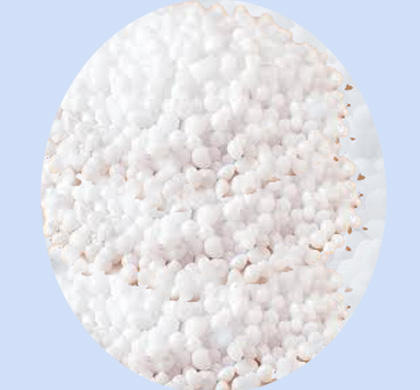Ammonia is a nitrogenous compound. It effects on aquatic life directly or indirectly. So ammonia removal from water is very essential. It dissolves easily in water and produced ammonium hydroxide solution. Ammonia is a colorless gas and it is very irritating. Depends on pH level ammonia can present in water in two form; either in ammonium hydroxide form or ammonium salt form. When the pH level is less than 7, then the ammonia is present in water as ammonium salt form. It is relatively nontoxic form. On the other hand, when the pH level is above the 7, then the ammonia is present in water as ammonium hydroxide form. Relatively it is toxic form of ammonia.
Sources of ammonia in water
Ammonia is one of the most widely produced chemicals in the USA or earth for industrial purposes and as fertilizers. Moreover, it has many natural sources like decomposition of organic waste, animal and human waste, fish feed, nitrogen fixation process, forest fires etc. They can enter into the aquatic environment via direct or indirectly; for example, municipal effluent discharges, runoff from agricultural land.

Effects of ammonia in water
If the ammonia level is high in water, it may difficult to aquatic life. It may responsible to the death of fish. Ammonia effects to internal tissue and production systems of the fish. Fish are unable to extract energy from feed efficiently and becomes sluggish. Eventually, they fall into death.
How to remove ammonia from water
You cannot remove ammonia from water by usual water treatment process. It can be removed by different ways like ion exchange, distillation, reverse osmosis or boiling. Some of them are expensive.
Boiling process
You can reduce ammonia by boiling the water for about 20 minutes. This process has some problems. It can remove free ammonia only but cannot remove the dissolved or ionized forms of ammonia. Moreover, it is suitable for drinking water but not suitable for large scale like ponds.
Ion exchange ammonia removal
Ammonia can be removed by cation resin. In this case sodium ion will replace the ammonium ion. If the water is soft then this is fine process. But if the water has hardness, then this process can creates problem, because calcium and magnesium ion can has simultaneous affinity; these two ions also removed by sodium ion.
Reverse Osmosis
It effectively removes chloramines but does not remove ammonia effectively. But resin containing post-filter cartridge can remove ammonia effectively. In this case reverse osmosis removes hardness, so cation exchange resin can removes ammonium ion perfectly as calcium and magnesium ion does not interfere.
Activated carbon
Activated carbon can removes chloramines. It is suitable for small scale like aquarium water, drinking water or swimming pool water. Chloramines comes into water because people use chloramines directly or chlorine as disinfectant. On the other hand it is not effective against ammonia.
Zeolite Process
Zeolite can reduce ammonia in tiny project finely, but it is not suitable for continuous process. So you can use it in aquarium but not for drinking water plant.
pH reduction process
We know, at lower pH (below 7) ammonia exists as relatively nontoxic form. So when the pH is higher, then we can shift the ammonia equilibrium to the nontoxic form.